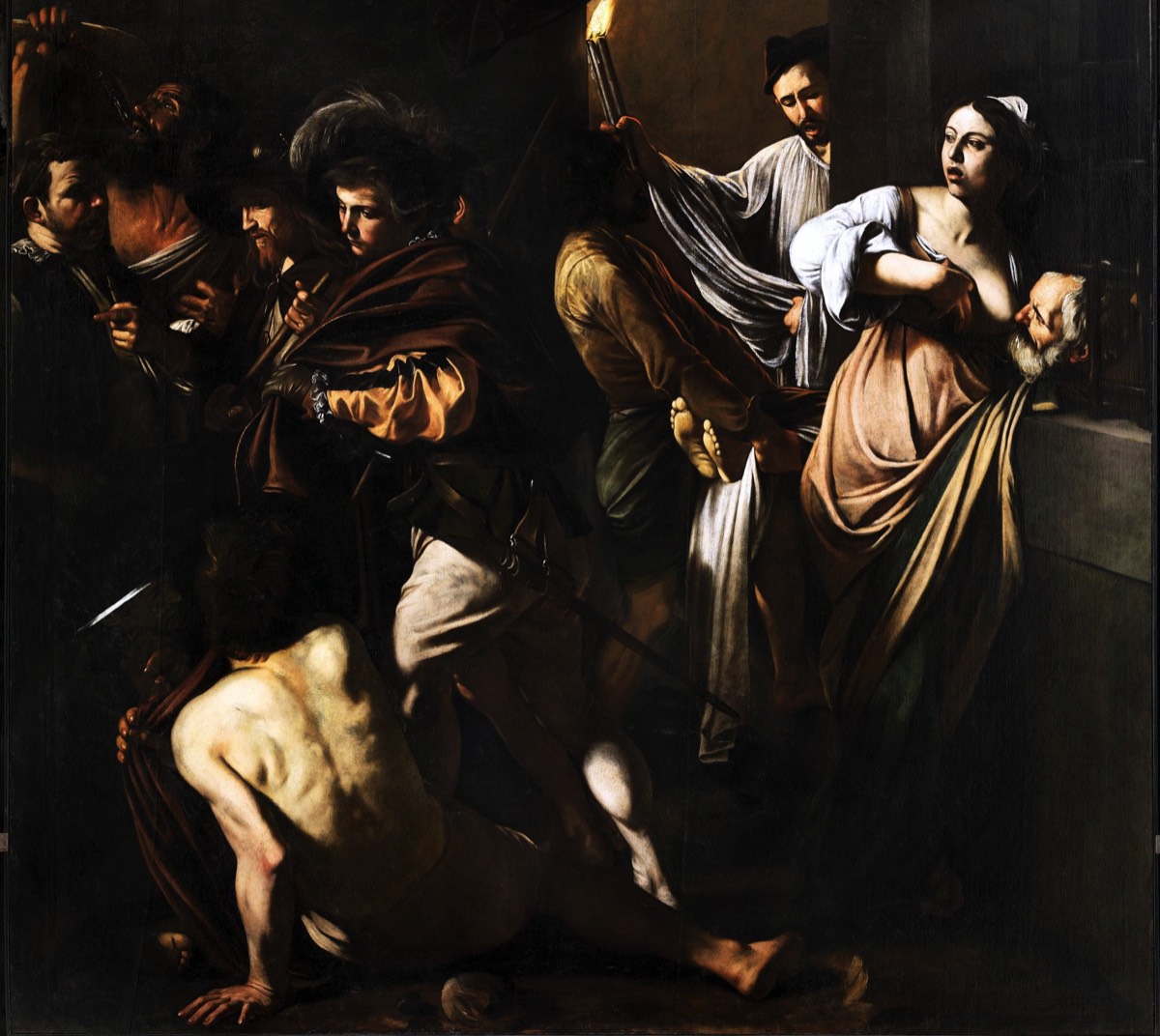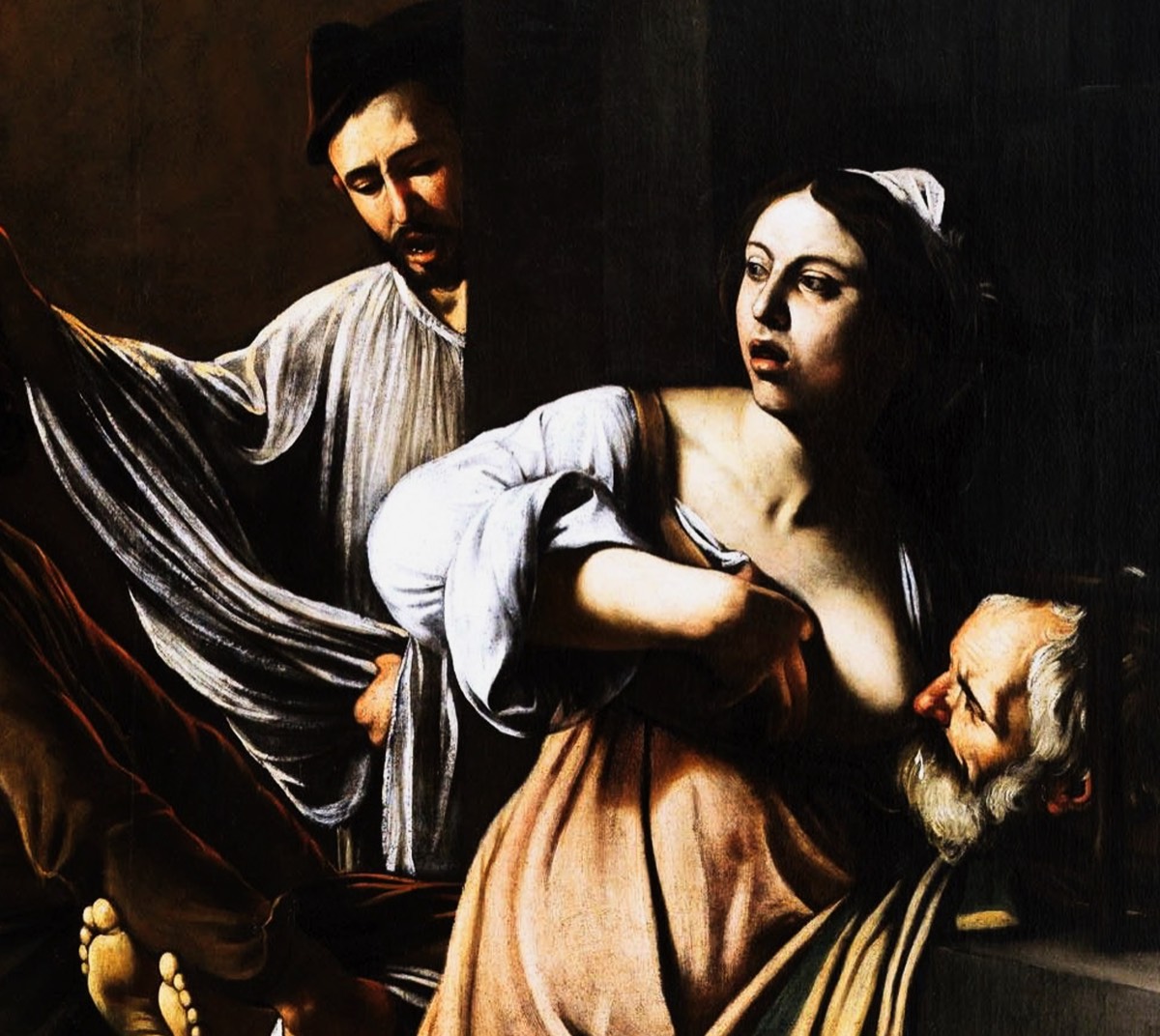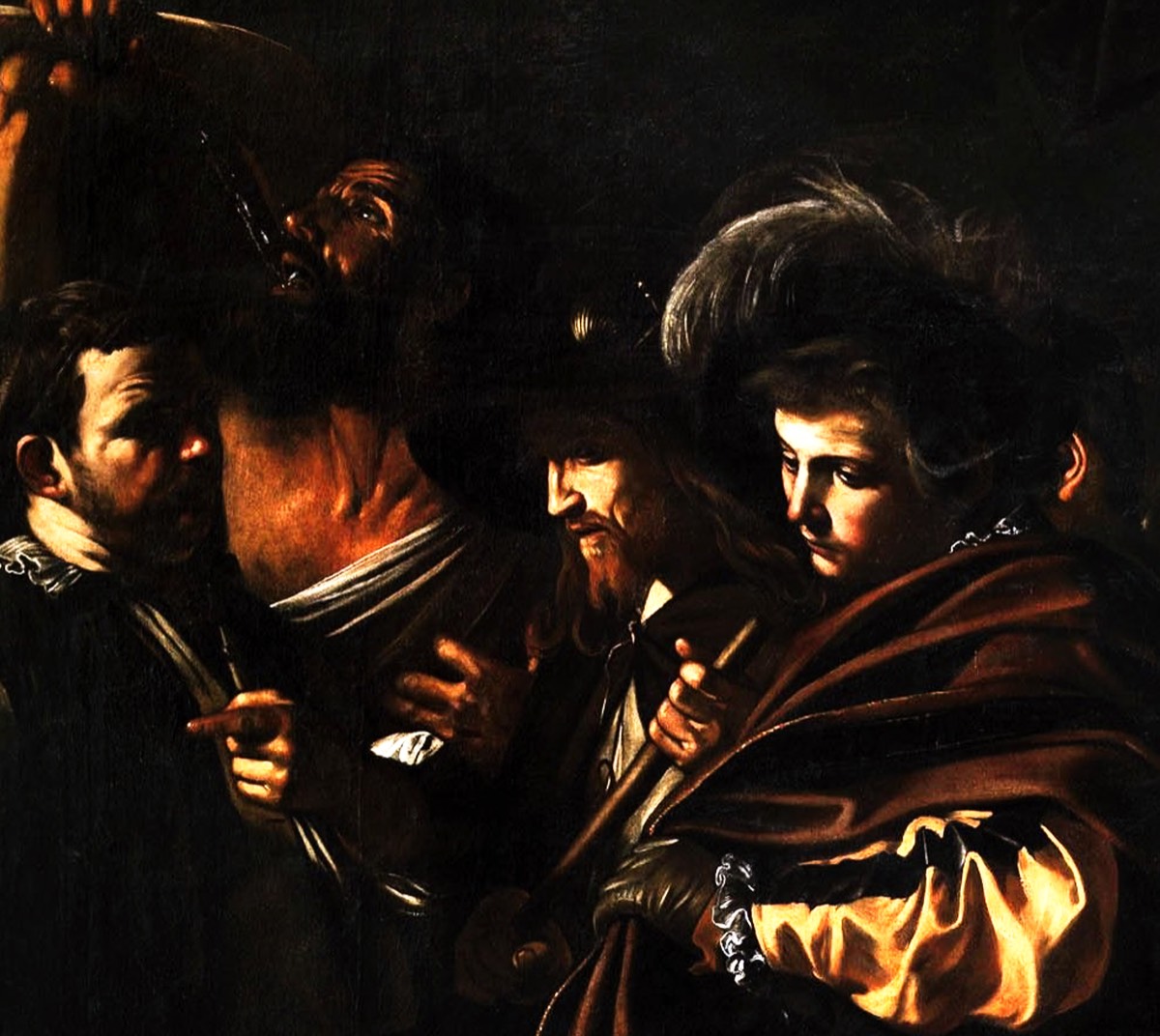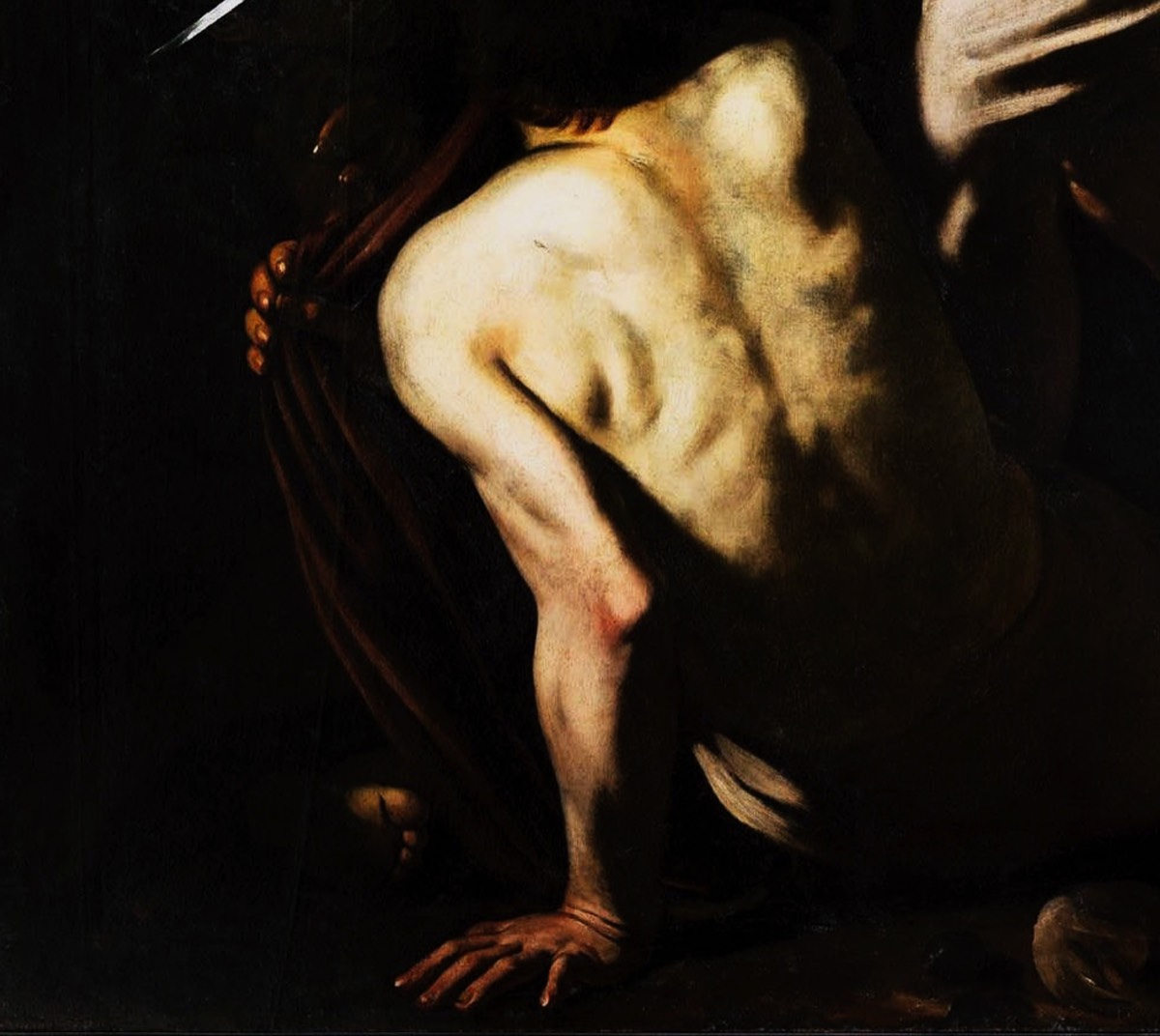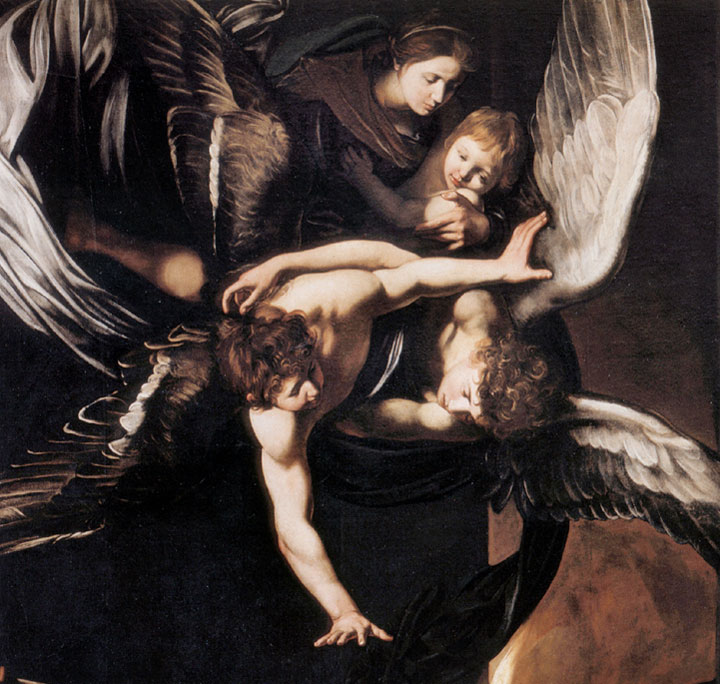CARAVAGGIO
CARAVAGGIO'S REVOLUTION IN LIGHT AND DARK

Caravaggio was a revolutionary artist who changed the course of art history with his bold and realistic paintings. Born in Milan in 1571, he began his career in Rome, where he quickly gained a reputation for his dramatic and emotive style.
One of Caravaggio's most famous works is "The Calling of Saint Matthew," which depicts the moment when Jesus calls Matthew to be one of his disciples. The painting is known for its striking realism, with the figures rendered in lifelike detail and the light and shadow used to create a sense of depth and drama.
Another of Caravaggio's masterpieces is "The Incredulity of Saint Thomas," which depicts the moment when Thomas, one of Jesus's disciples, is skeptical of the resurrection and puts his finger in the wounds of Jesus to prove it. This painting is also notable for its use of chiaroscuro, or the contrast between light and dark, which gives the painting a sense of tension and drama.
Caravaggio's work was highly controversial in his time, as it challenged the traditional ways of painting and the religious norms of the Catholic Church. He often portrayed religious figures in a more human and relatable way, which was seen as sacrilegious by some.
Despite this, his work had a profound impact on the art world, and his influence can be seen in the works of many later artists, including Rubens, Rembrandt, and Velazquez.
Caravaggio's life was as dramatic as his paintings. He was known to be a troubled and violent person, who was involved in several brawls, one of which led to his death in 1610. But despite his troubled life, his art continues to captivate audiences to this day, and his paintings continue to be some of the most popular in art history.
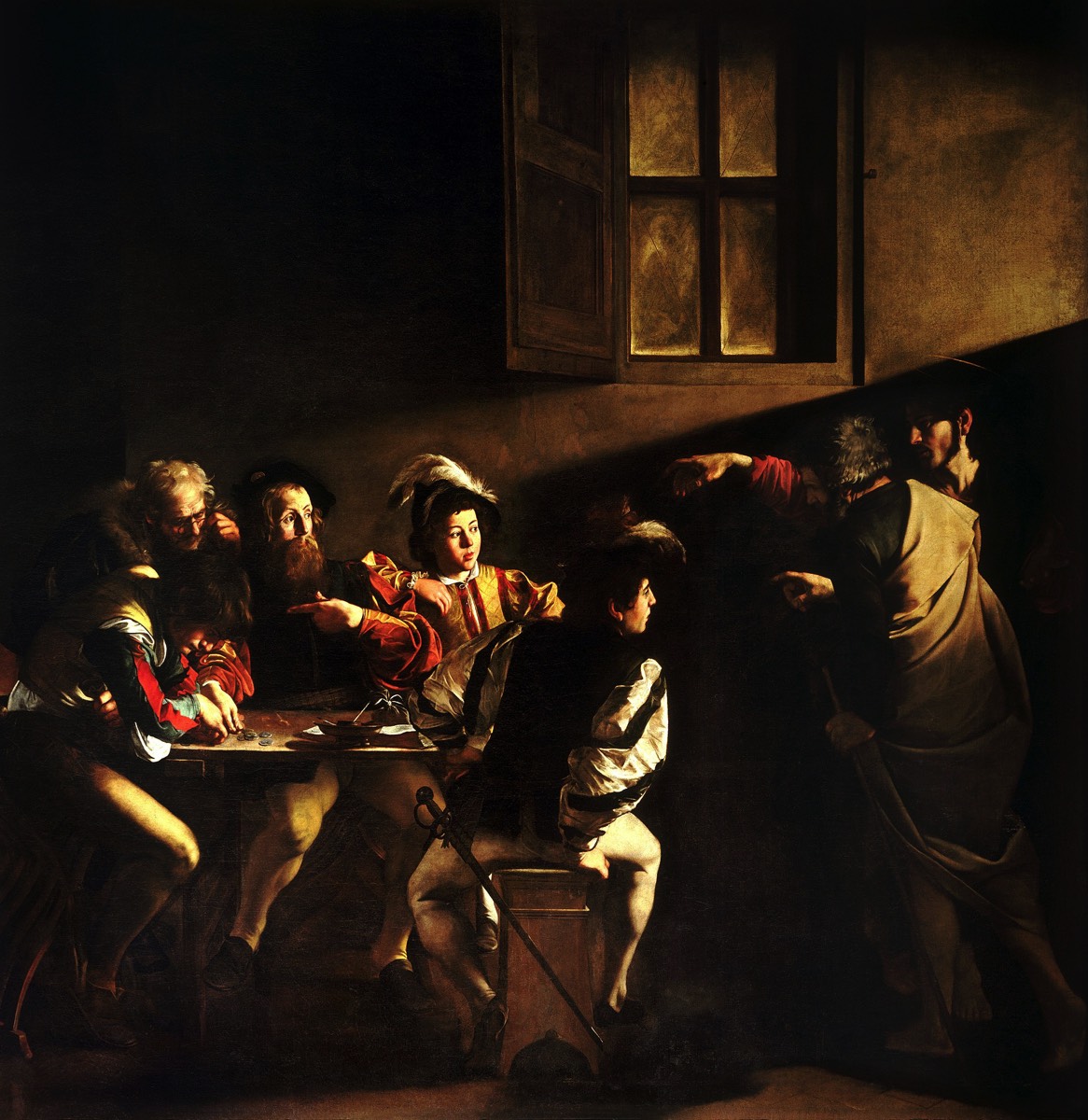
The Calling of Saint Matthew
One of Caravaggio's most renowned works, "The Calling of Saint Matthew" portrays the instant that Jesus Christ calls upon Matthew to join him as a disciple. The painting features Matthew, a tax collector, seated at a table with four other men, as Jesus Christ and Saint Peter enter the room. Jesus is pointing directly at Matthew, while a beam of light shines on the faces of those at the table, all gazing upon Jesus.
Completed in 1599-1600, the masterpiece was commissioned for the Contarelli Chapel in the church of San Luigi dei Francesi in Rome, where it still stands to this day.
Details
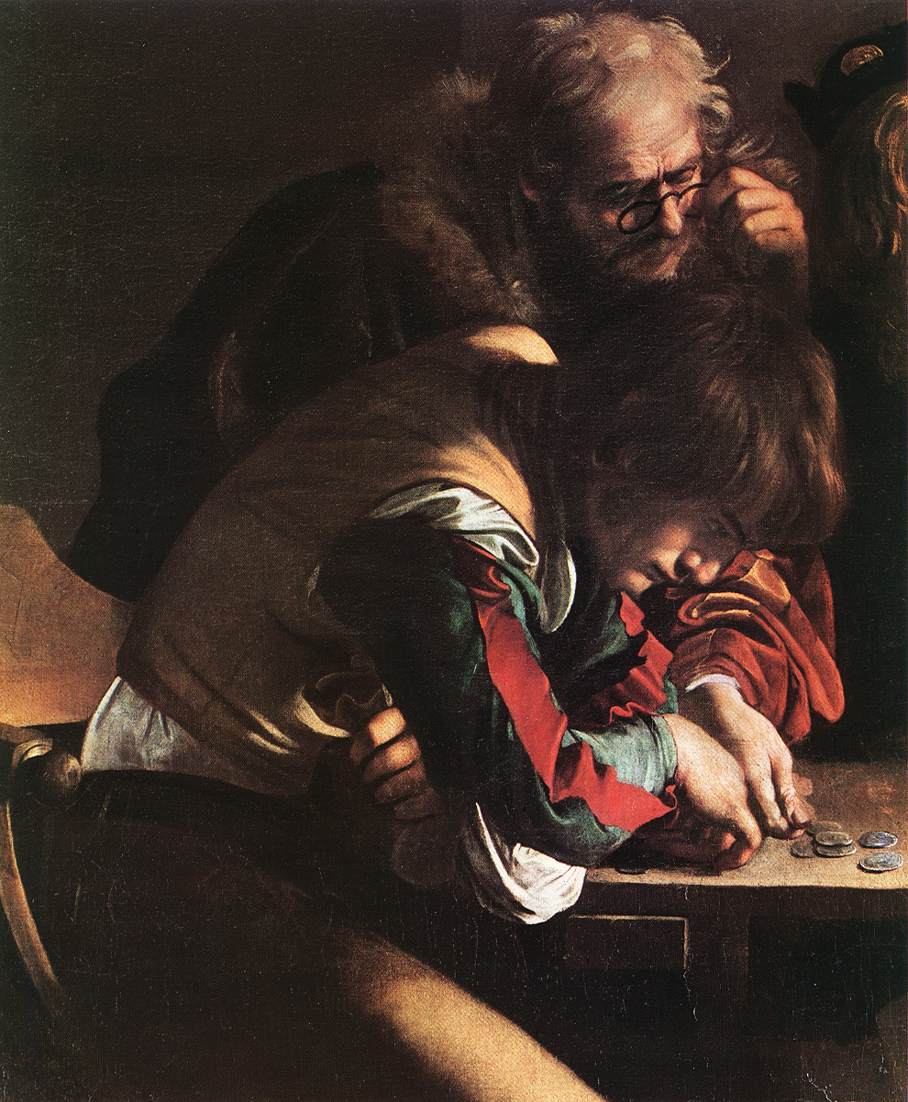
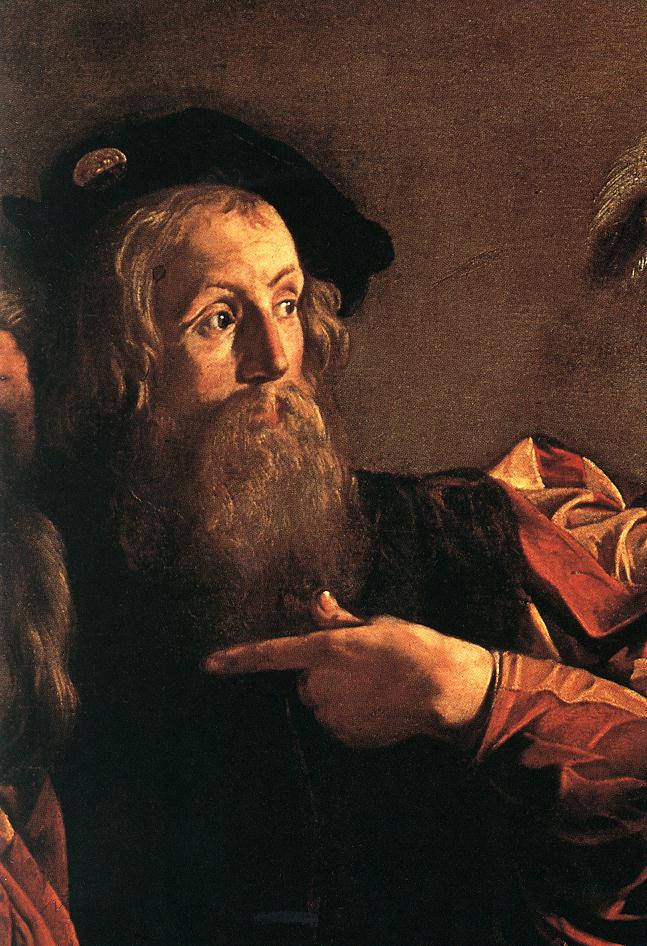
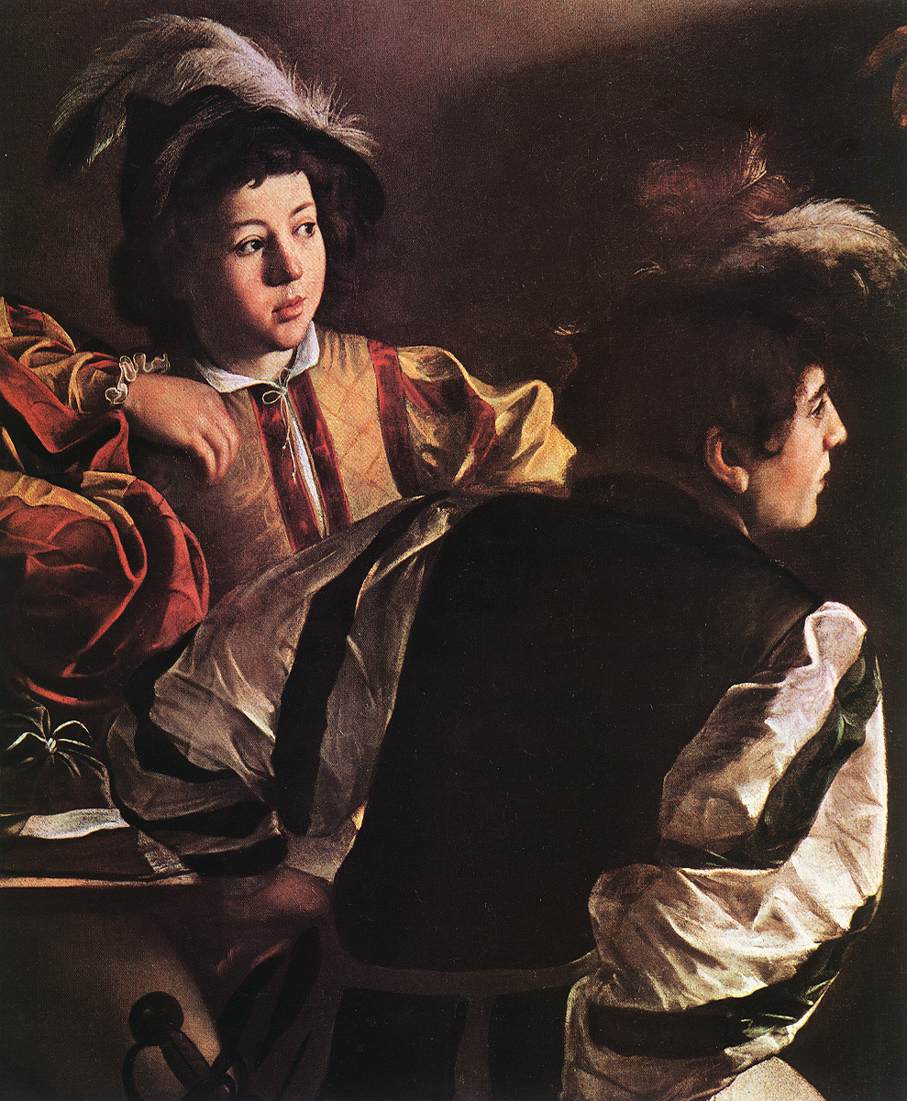
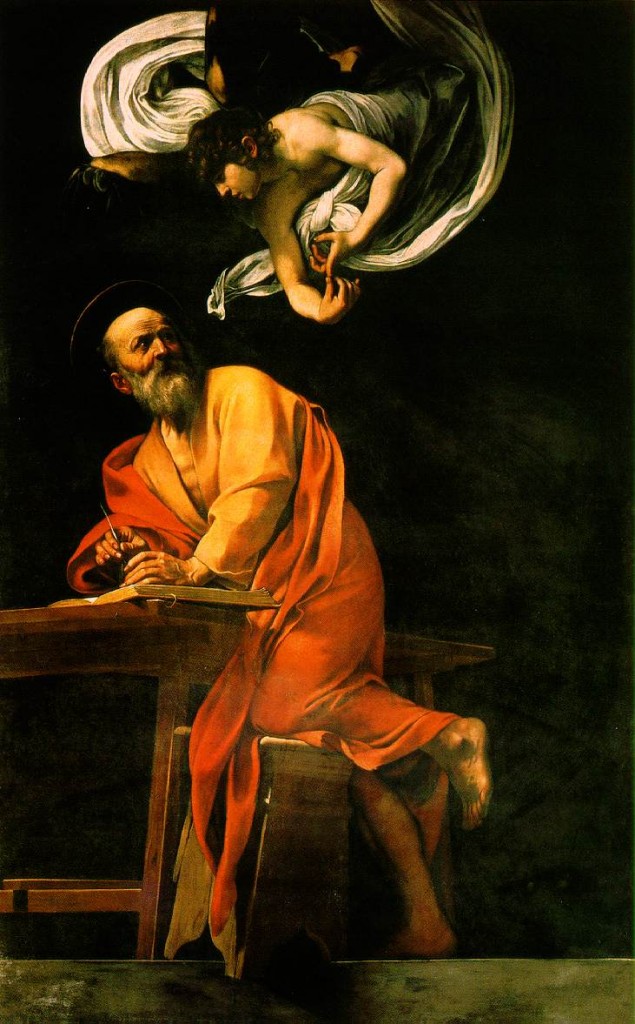
The conversion on the Way to Damascus
"The Conversion on the Way to Damascus" is a masterful painting created in 1601 for the Cerasi Chapel of Santa Maria del Popolo in Rome. Depicting the Conversion of Paul, the piece captures the moment of intense spiritual fervor as Paul is overwhelmed by the presence of Jesus Christ, shown as he is thrown off his horse.
Interestingly, Caravaggio painted an earlier version of this scene, held in the collection of Principe Guido Odescalchi, which is brighter and more Mannerist in style. This version depicts an angel-assisted Jesus reaching down towards a blinded Paul.
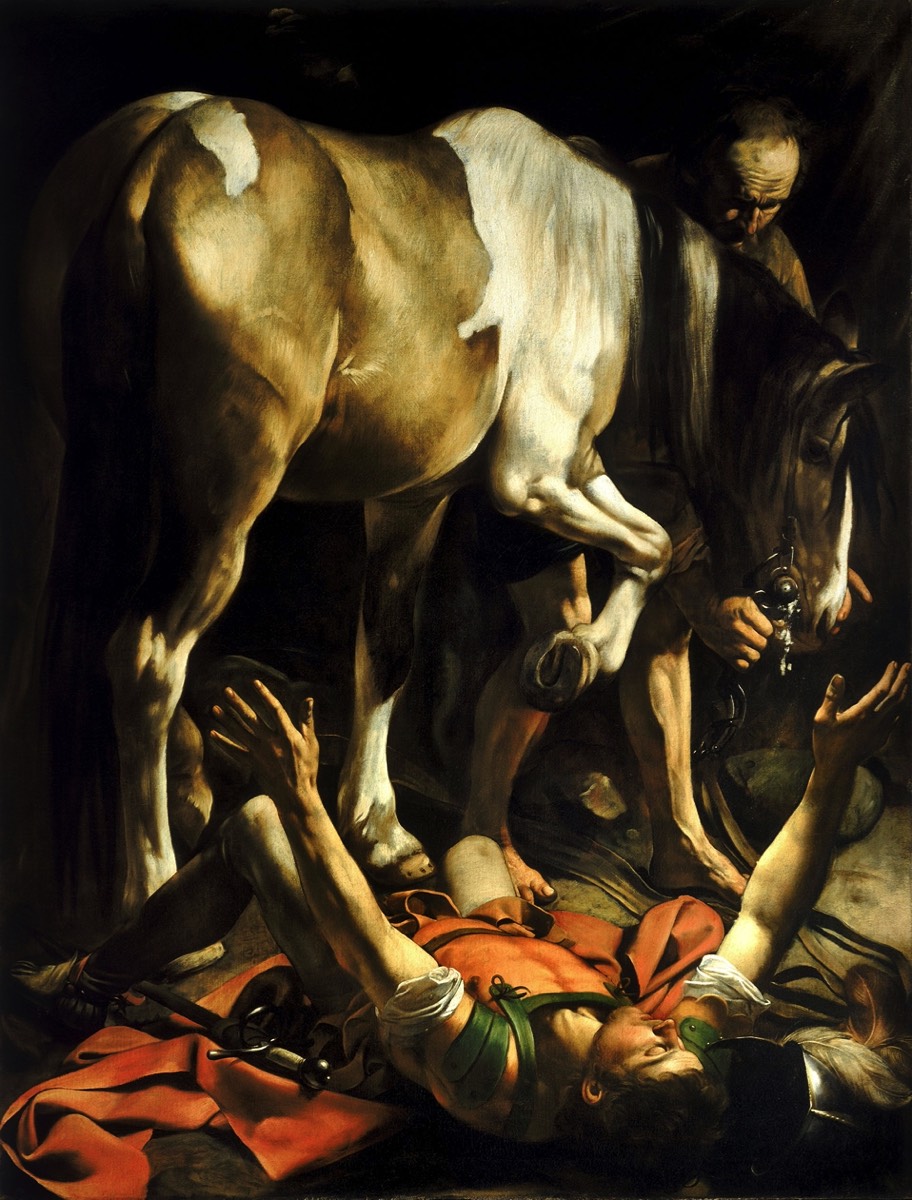
DETAILS
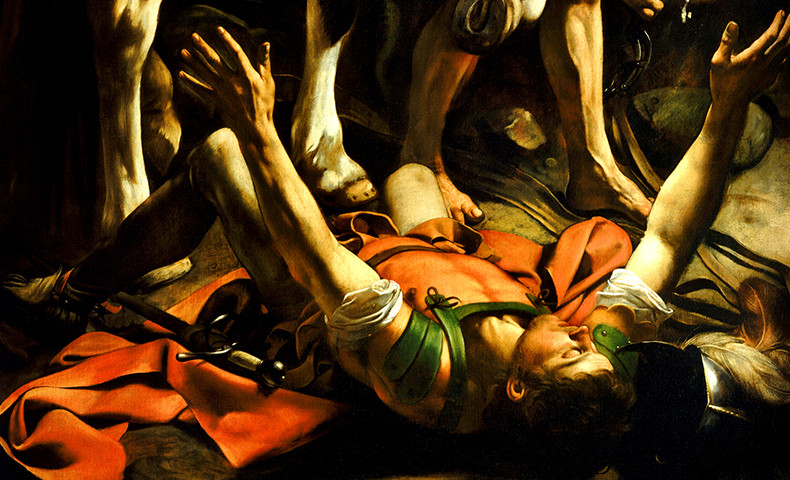
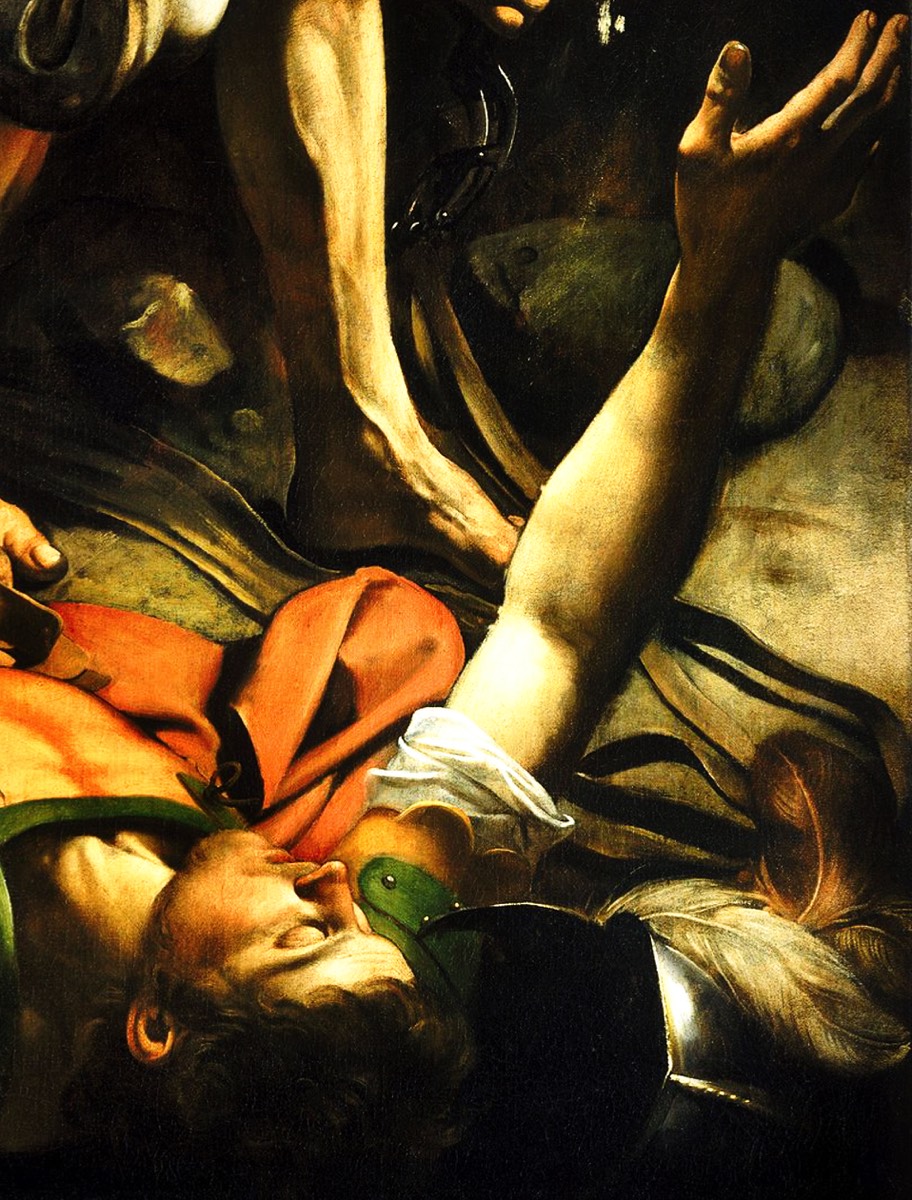
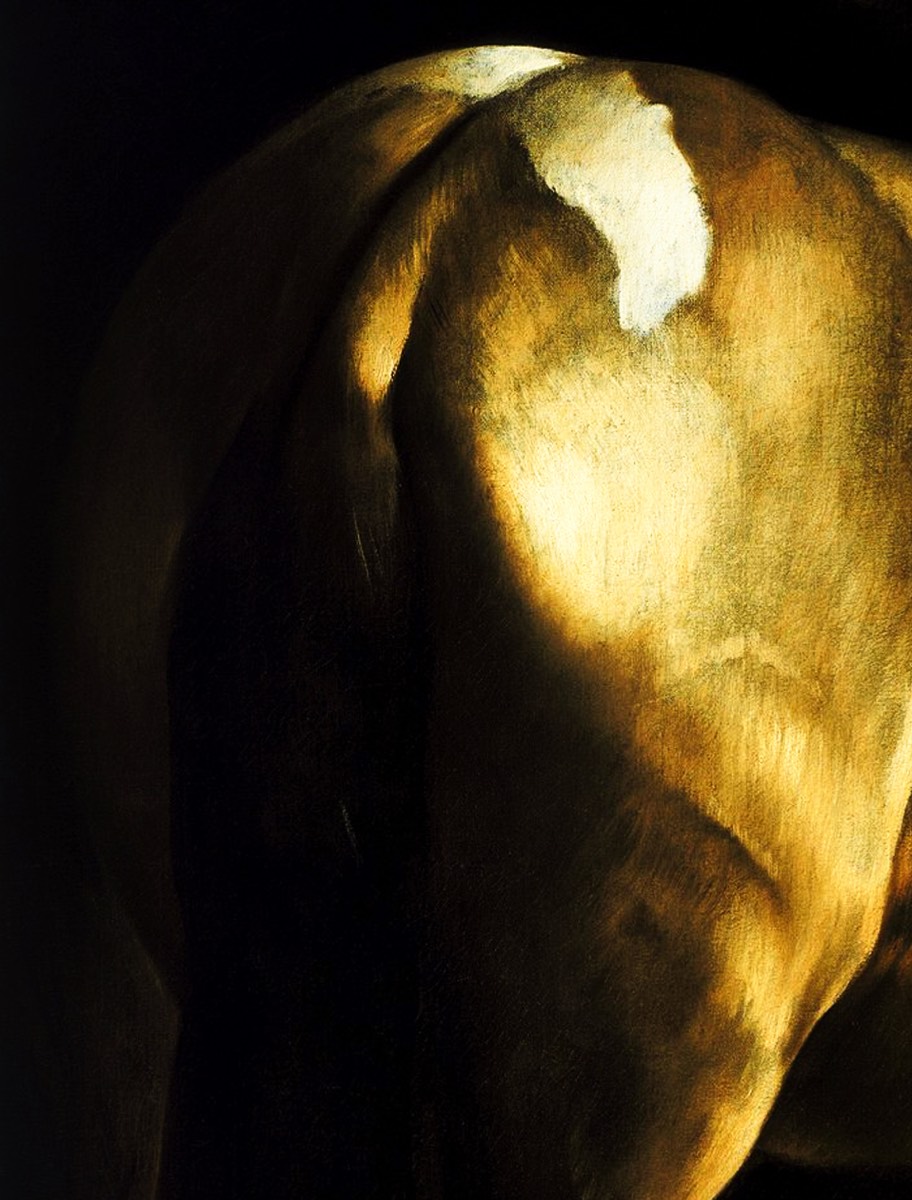
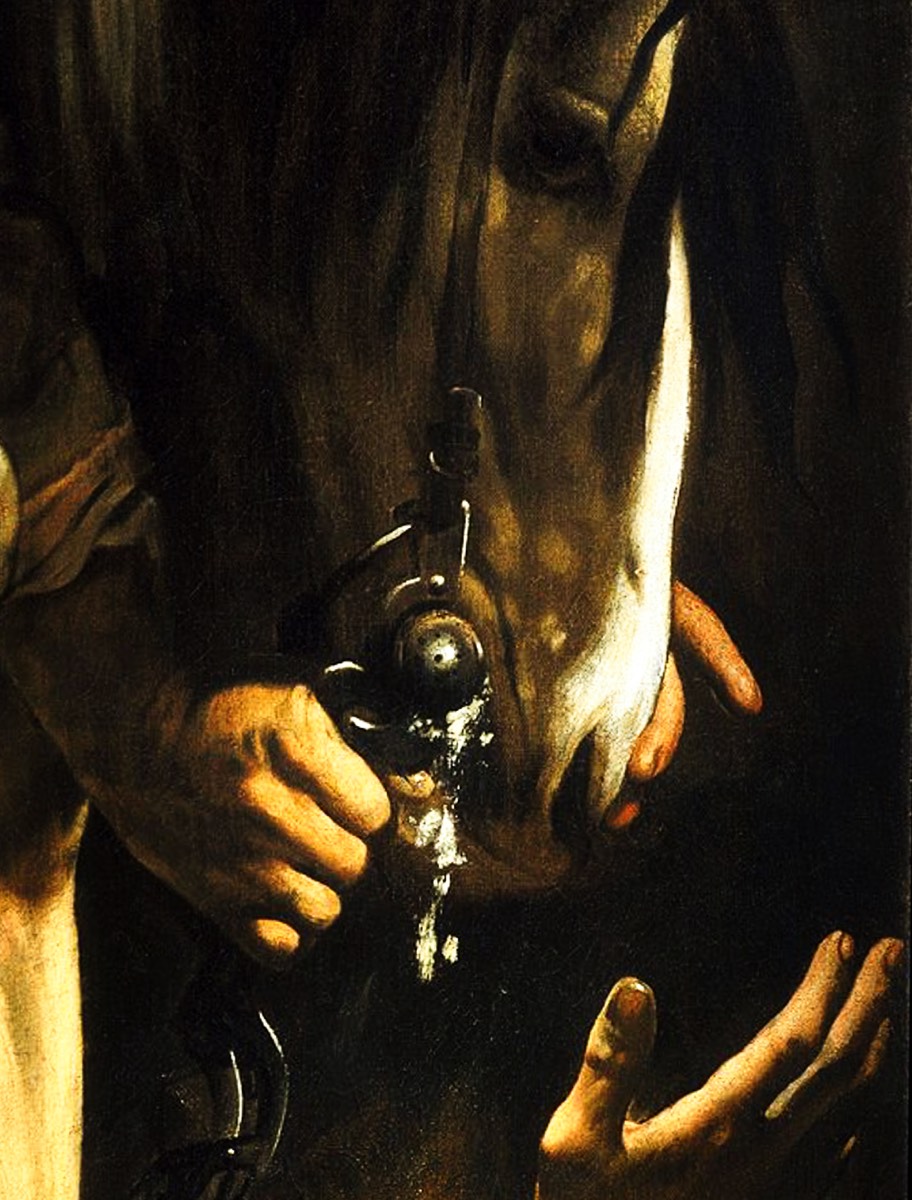
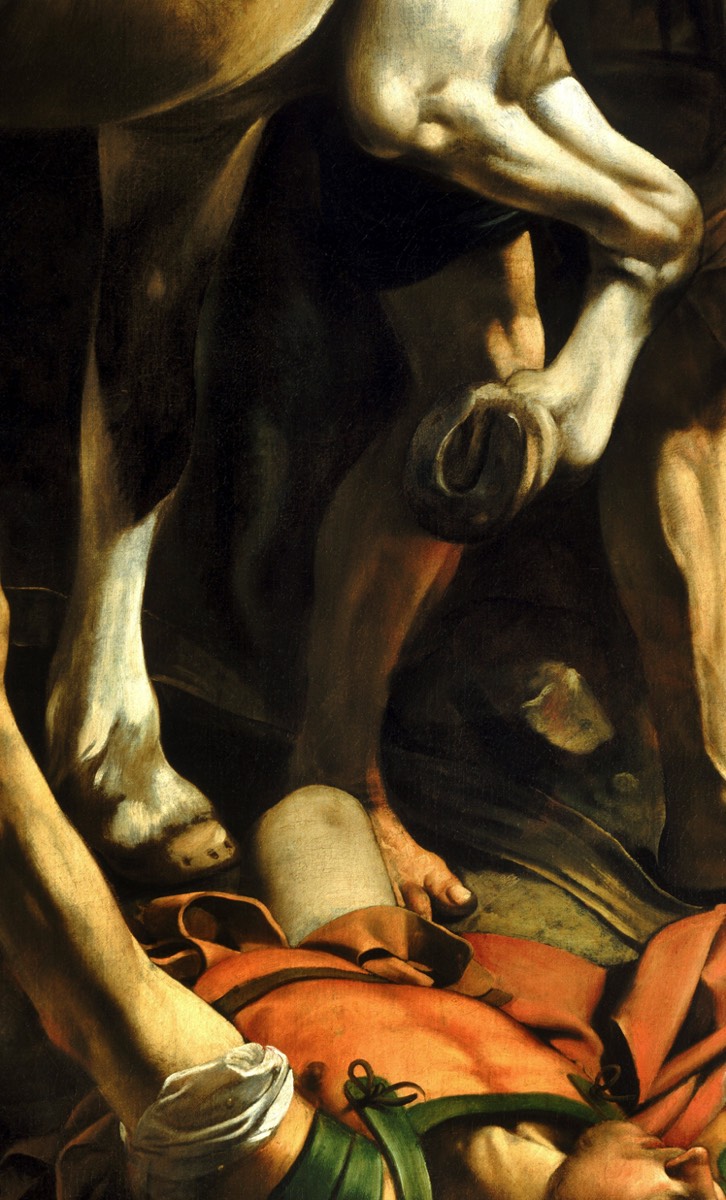
Judith Beheading Holofernes
"Judith Beheading Holofernes" is a masterpiece painting that illustrates the moment of Judith's execution of Holofernes. The artwork was created around 1599-1600.
The painting depicts the story of Judith, a widow, who seduces the Assyrian general Holofernes before ultimately beheading him in his tent. The painting was rediscovered in 1950 and is now part of the collection at the Galleria Nazionale d'Arte Antica in Rome.
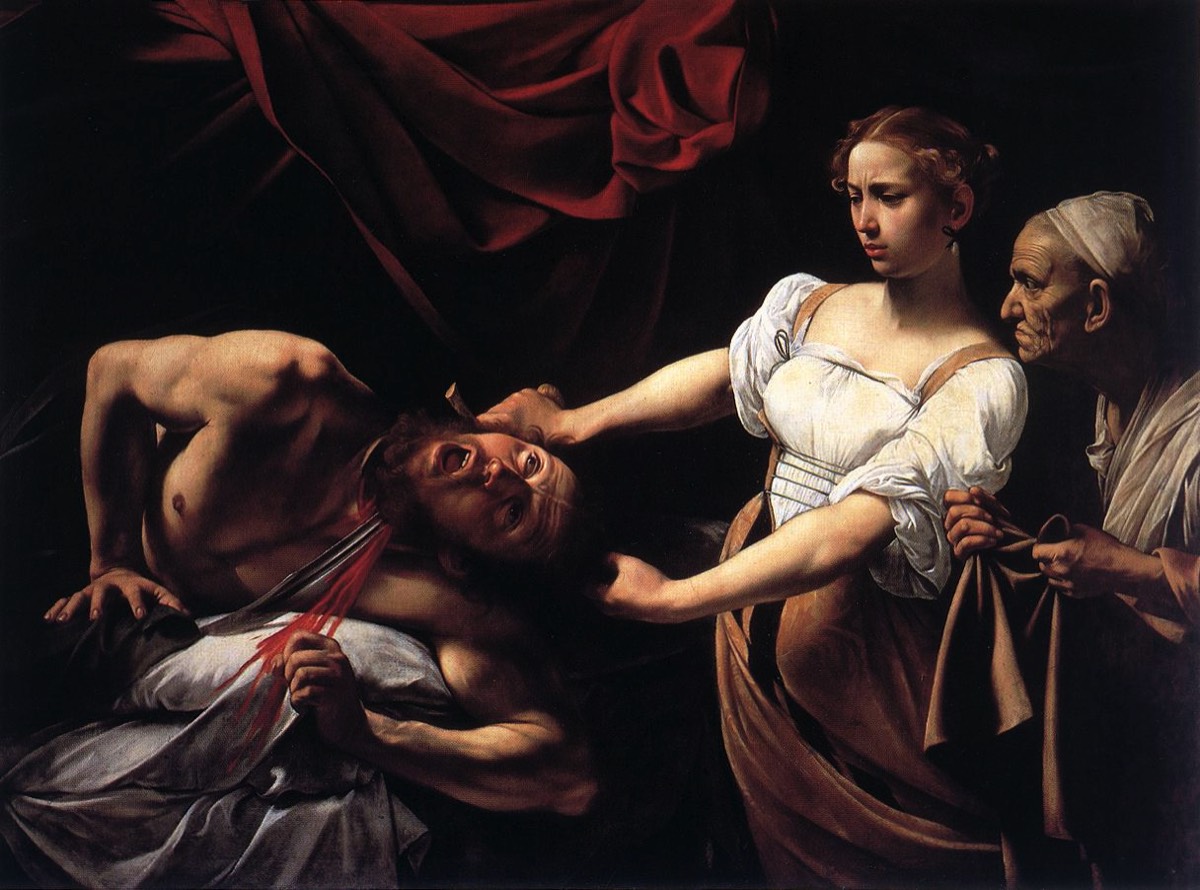
DETAILS
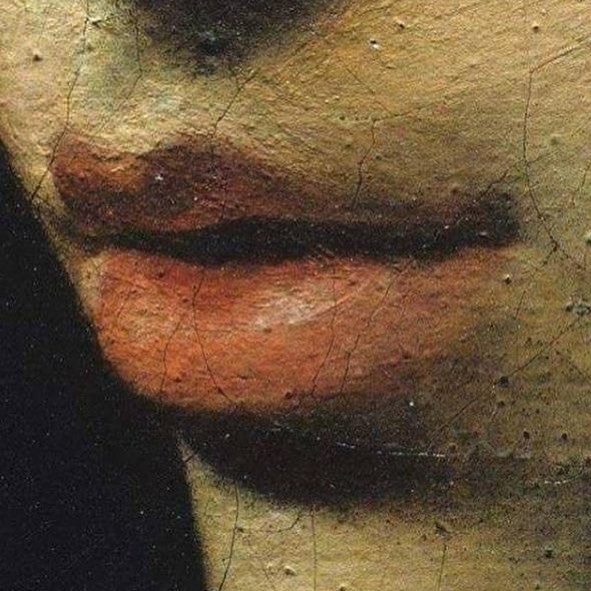
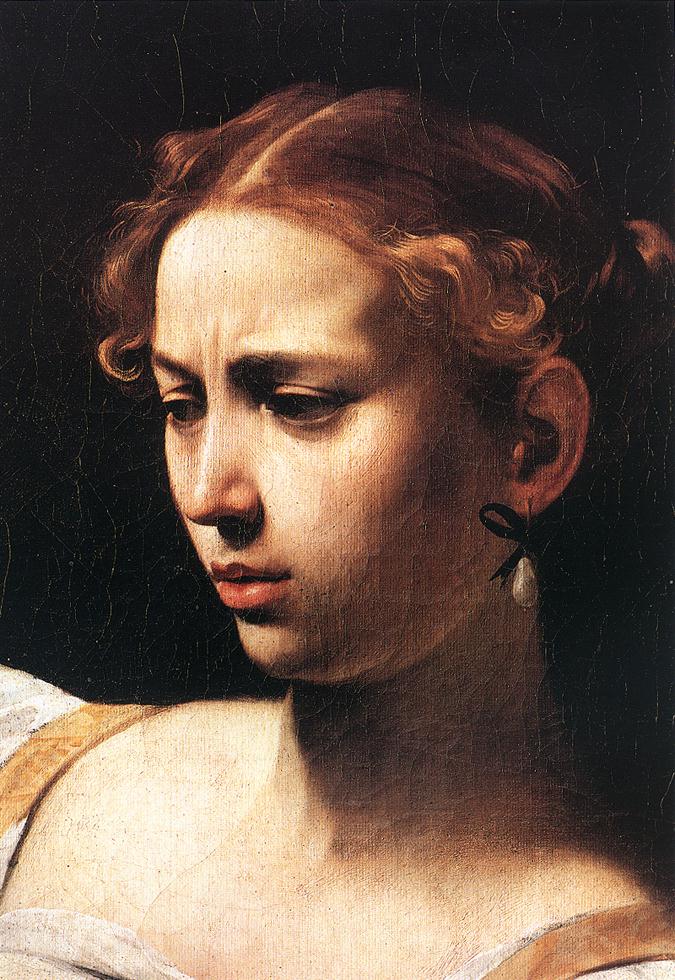
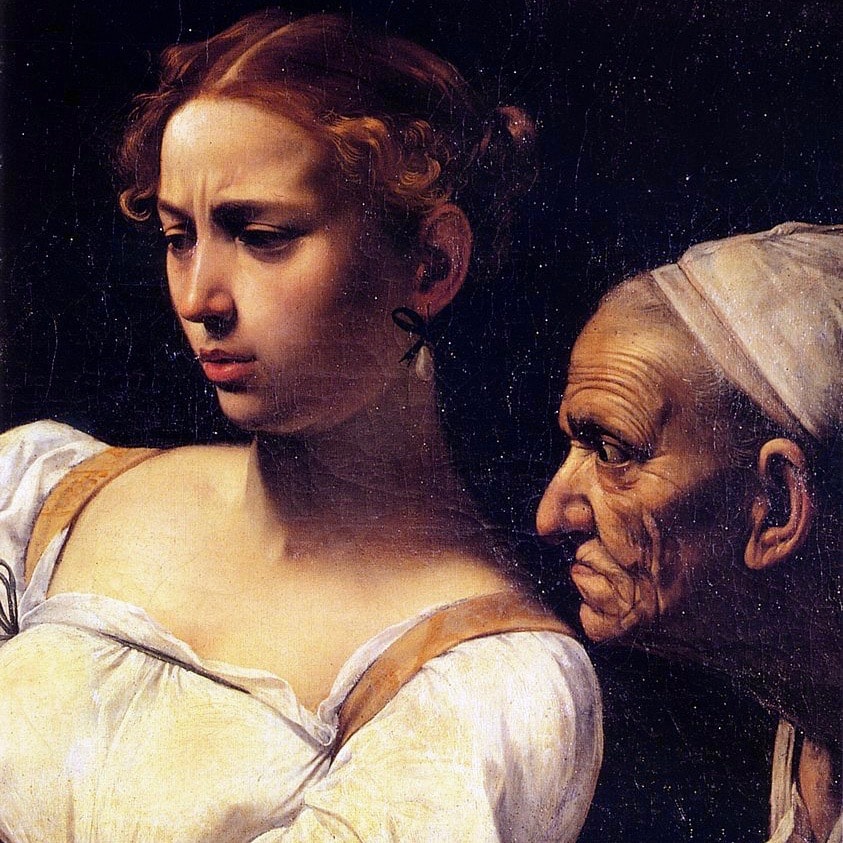
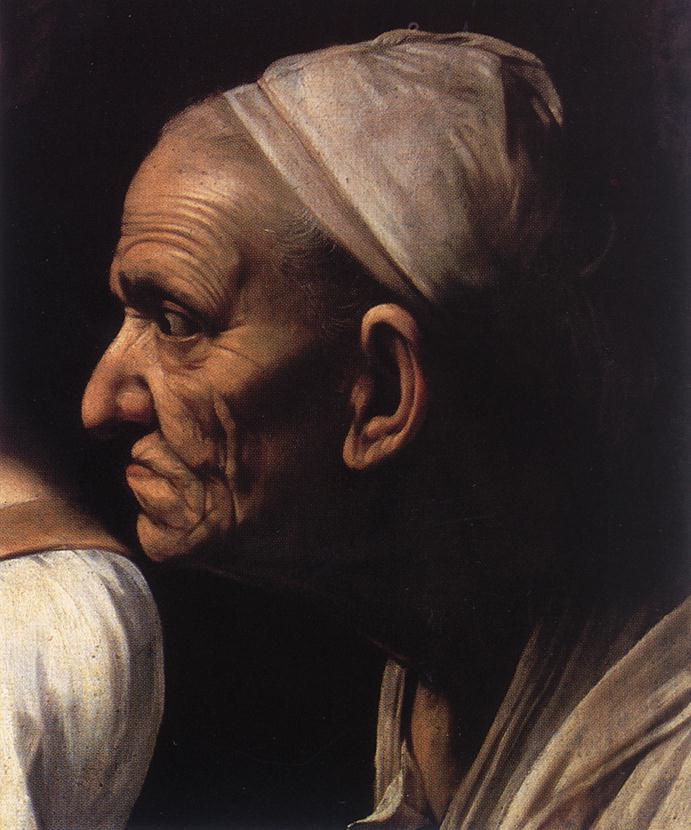
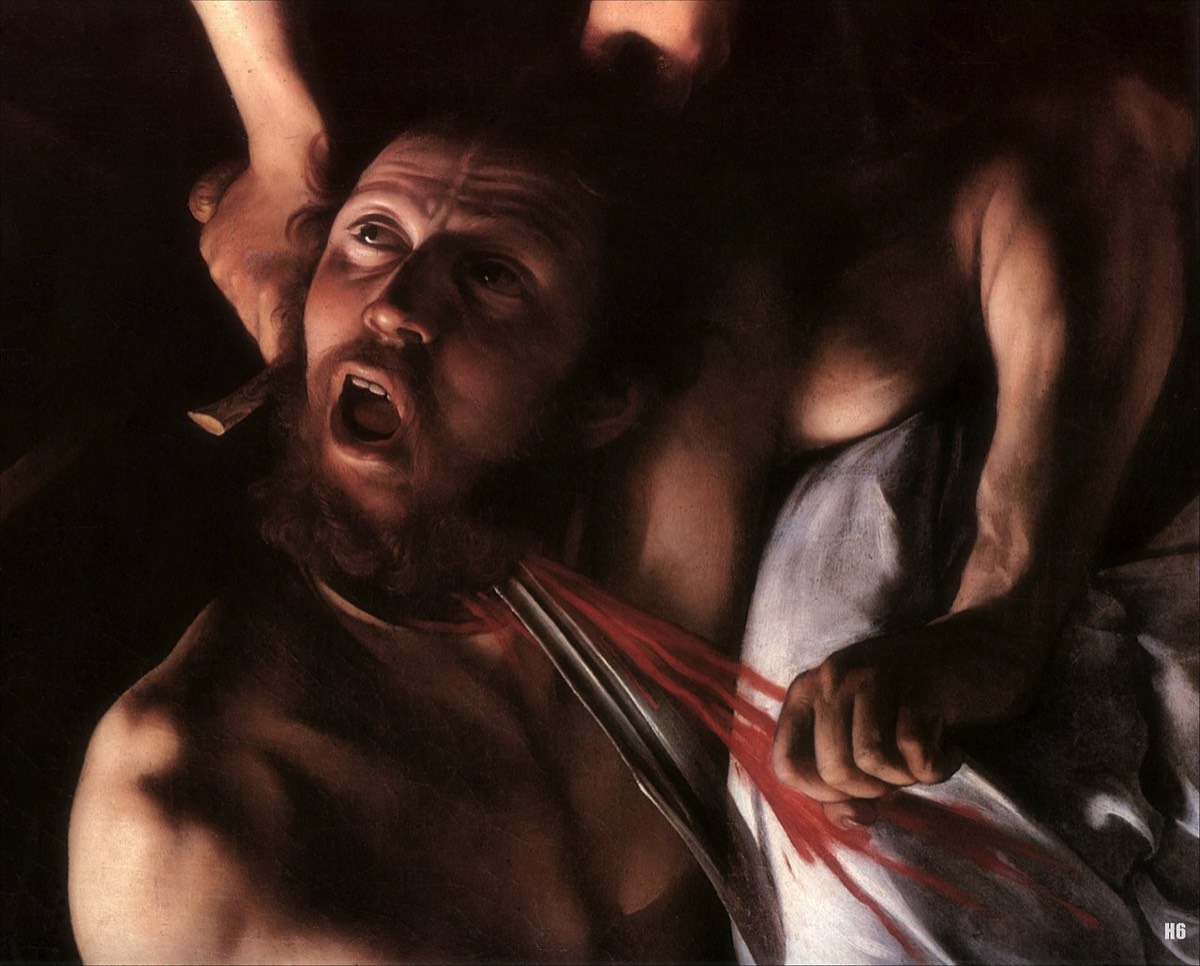
The seven works of mercy
"The Seven Works of Mercy", also referred to as "The Seven Acts of Mercy", is a 1607 oil painting that illustrates the seven corporal works of mercy as per traditional Catholic belief. These acts are acts of kindness and charity that address the physical needs of others.
The painting was commissioned for the Church of Pio Monte della Misericordia in Naples, where it still remains today. Initially, it was intended to be seven separate panels displayed throughout the church, but Caravaggio decided to combine all seven works of mercy into one composition, making it the church's altar piece.
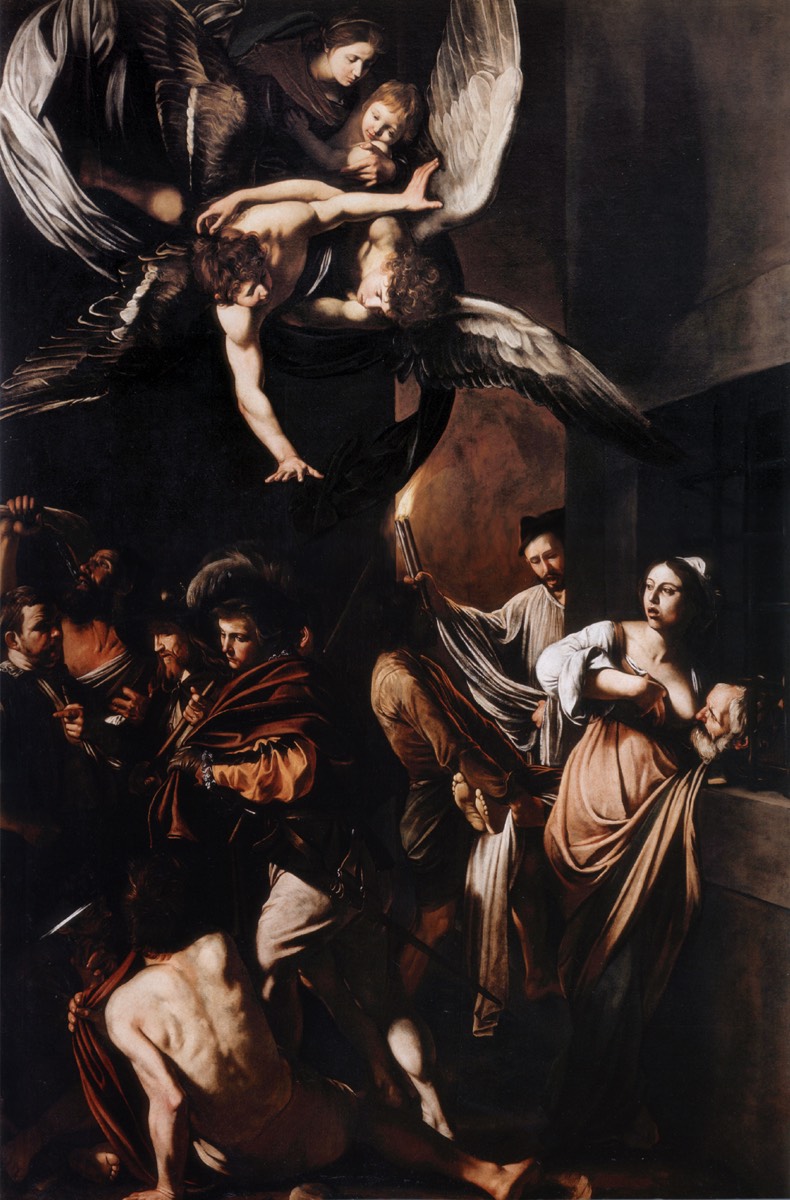
DETAILS
